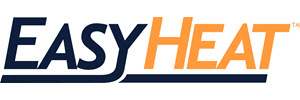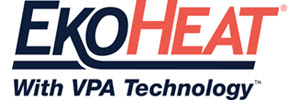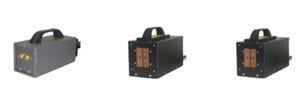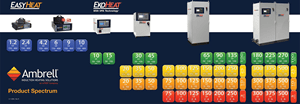Hot Forming
Discover the advantages of induction heating!
- Home
- How It's Used
- Hot Forming
Induction Benefits
-
Meets tight production tolerances with precise localized heat to small areas creating pinpoint accuracy
-
Increases production rates with faster heating cycles
-
Reduces defect rates with repeatable, reliable heat
-
Eliminates variability from operator-to-operator, shift-to-shift
-
Maintains metallurgical characteristics of the individual metals
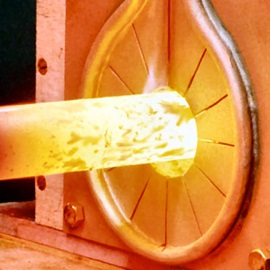
Video
Benefits
Here are the advantages of hot forming with induction heating:
- springback effect is eliminated
- ductility is improved
- low pressure & minimal residual part stress
- better grain flow & microstructure
- improved mechanical properties
- reduced need for post production tempering & heat treating
- improved production rates with minimal defects
Expertise
Induction heating in hot forming is applied for several different purposes:
Heading - forming a head on blot, screw or rivet
Blanking - cutting a whole piece from sheet metal
Punching - cutting a hole
Slotting - cutting of elongated holes
Perforating - cutting a group of holes
Trimming - cutting away excess metal
Shearing - cutting in straight line across piece
Bending - producing single, double, straight flange, edge hem, curl or double hem bends
In order for the hot forming process to succeed, an application should be tested including the following variables. Ambrell's experienced applications engineers will provide you with the necessary advice and recommendation.
|
Variable |
Cold Form |
Warm Form |
Hot Form |
|
Temperature |
ambient |
400-900° F 205 - 480°C |
1300-2000° F 705 - 1090°C |
|
Die Pressure |
high |
lower |
lowest |
|
Stress |
residual |
medium |
minimal |
|
Grain Flow |
good |
better |
best |
|
Scaling |
none |
less |
more |
-
How Can Hot Forming with Induction Improve Production Speeds?
Consistent uniform heating with induction helps reduce scrap and process variations.
-
Is there a variable that falls between Warm Form and Hot Form?
yes, however the temperature achieved should not change the material properties of the metal.
-
Are there any limitations with bending when using hot forming?
Usually bending with hot forming is optimal.
-
Your suggestion for a hot forming question and answer
Our Systems for hot forming with Induction
Headline
Add your content here.
Headline
Add your content here.
Headline
Add your content here.
Headline
Add your content here.
AMBRELL CORPORATION
1655 Lyell Avenue
Rochester, NY 14606
United States
![]() Directions
Directions
T: +1 585 889 9000
F: +1 585 889 4030
Contact Sales
Contact Orders
Contact Service
AMBRELL B.V.
Holtersweg 1
7556 BS Hengelo
The Netherlands
![]() Directions
Directions
T: +31 880 150 100
F: +31 546 788 154
Contact Sales
Contact Orders
Contact Service
AMBRELL Ltd.
Front Suite, 1st Floor, Charles House
148-149 Gt Charles Street
Birmingham, B3 3HT
United Kingdom
T: +44 1242 514042
F: +31 546 788 154
Contact Sales
Contact Orders
Contact Service


